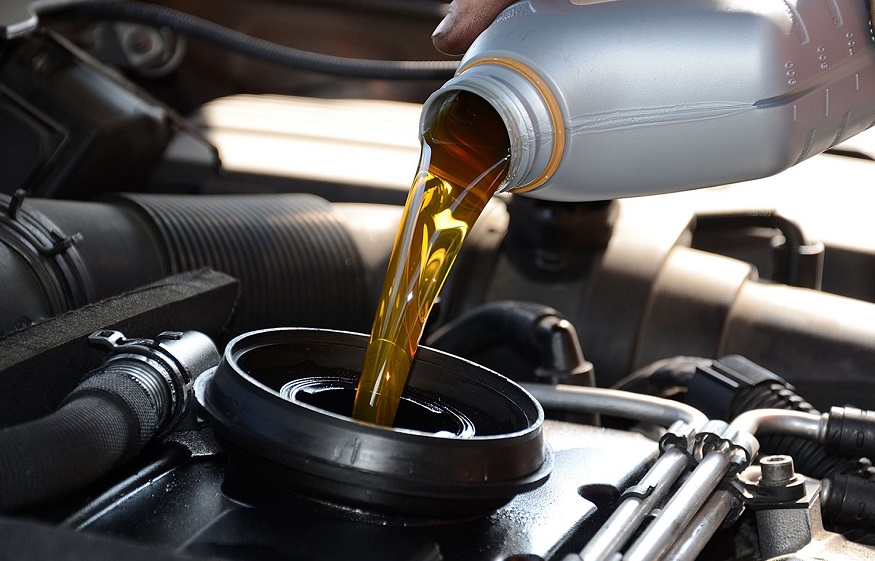There is an overwhelming selection of motor oils when it comes to picking the right one for your car, which makes the process a bit challenging for new car owners. If your mechanic isn’t around, how do you go about it? Remember, oil has a lot to do with engine life, and the moment you get it wrong, its lifespan will be more short-lived than expected.
While your car’s manual will indicate to you some of the things you need to consider when buying the oil, some of them will fail to mention everything, such as how weight changes with time. Moreover, foreign car manuals may also fail to mention the starburst symbol, which indicates that the engine oil has been tested and certified by the American Petroleum Institute (API).
So, what basics do you use when going about choosing the right motor oil for your car? Well, they include but aren’t limited to the following:
-
Viscosity
The first thing that you should probably consider is the oil’s viscosity. Viscosity is the measure of how thick the oil is or how fast it can flow. The lower the viscosity, the thinner the oil and the faster the flow, especially under lower temperatures, while high viscosity is for higher temperatures. In that regard, it is imperative to buy blended oil with a low winter (W) rating and a higher rating for summer. For instance, a 10W40 will do. It is also important to note that most oils are multi-blended and so you shouldn’t worry much about the winter-summer ratio.
-
Oil additives
Oil additives preference and needs may range from one person to another or from one motor to another. However, the common additives that you’ll come around include cleaners, detergents and corrosion inhibitors. Some additives can even help seal leaks in less than five minutes to give you the best out of your oil.
-
How old is your car?
An older car probably has a worn out engine that has logged greater miles than you can imagine. For instance, we would say an antique car is an old car in terms of miles covered. If that is the case, it is imperative to consider shifting from lighter single-weight to heavier single-weight to consistently lubricate the engine parts that have become smaller due to wearing out. In other words, if you’ve been using 30-weight oil, consider switching to 40-weight.
-
What oil have you been using?
Lastly, you might also want to consider the type of oil that you’ve been using, and if it serves you well, there wouldn’t be a need to switch brands. Moreover, it is also important to note that you shouldn’t use any other oil apart from what the manufacturer recommends, especially if your car is still under warranty. If you attempt to replace it and the car breaks down, it will not be an easy job to convince the manufacturer to help meet repairing costs.
Read more: The best car repair and service company: Pitstop
The above considerations will ensure that you score that right oil for your motor and avoid unnecessary engine failures, simply because you weren’t keen. It will also be best if you don’t forget the basic car maintenance tips to keep it in shape for the longest time possible and increase its resale value!




